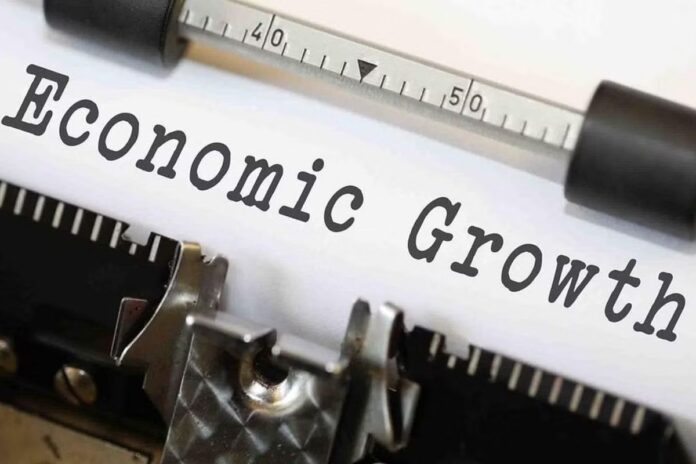India’s economy growth is forecast to slow to its weakest pace since the pandemic, with the government projecting a 6.4% expansion in gross domestic product (GDP) for the fiscal year ending in March. This marks a sharp decline from the 8.2% growth recorded in the previous financial year, according to data released by the Statistics Ministry. The revised forecast aligns with the median prediction of economists surveyed by Bloomberg but falls slightly short of the government’s earlier estimate of 6.5%.
The latest figures confirm concerns about a slowdown in the nation’s economic momentum, complicating Prime Minister Narendra Modi’s ambitions of transforming India into a developed economy and creating enough jobs for the millions of young people entering the workforce annually. A combination of domestic and global factors has contributed to this weakening outlook, raising questions about the resilience of India’s growth story.
Consumer spending, which accounts for approximately 60% of India’s GDP, has been a major area of concern. This fiscal year has seen households cutting back on expenditures amid rising inflation and stagnant wage growth. Major retailers in the country have reported a decline in profits, reflecting the impact of subdued demand. Public investment has also slowed, with the government undershooting its budgeted expenditure, partly due to the prolonged election process that stretched over several weeks. This dual squeeze from both private and public sectors has hindered the economy’s overall performance.

On the global front, geopolitical tensions and uncertainties surrounding proposed trade tariffs by the United States have added to the challenges. These factors are expected to weigh on international trade and investment, further constraining economic recovery in the coming months. India, which has been one of the world’s fastest-growing major economies in recent years, now faces increasing headwinds that could dampen its growth prospects.
The Reserve Bank of India (RBI) is under growing pressure to adjust its monetary policy to support the economy. The new central bank governor, Sanjay Malhotra, is being closely watched as calls for interest rate cuts intensify. His predecessor, Shaktikanta Das, maintained a restrictive stance, keeping interest rates unchanged for nearly two years despite calls from both the government and market participants to ease monetary policy. Malhotra has expressed optimism about a potential rebound, citing robust consumer and business confidence, though his next steps will be critical. The RBI’s first monetary policy decision for 2025 is scheduled for February 7, and all eyes will be on whether Malhotra takes a more accommodative approach to stimulate growth.
The government’s advance GDP estimates will play a pivotal role in shaping the fiscal priorities for the upcoming budget. Finance Minister Nirmala Sitharaman is expected to present the Union Budget in early February, outlining strategies to address the economic slowdown and balance growth aspirations with fiscal prudence. The budget will likely focus on measures to revive consumer demand, boost public investment, and support industries grappling with both domestic and international uncertainties.
As India navigates these challenges, the nation’s ability to sustain its growth trajectory and meet developmental goals remains a pressing concern. From addressing structural issues to bolstering investor confidence, the road ahead demands decisive and well-calibrated policy interventions to ensure long-term economic stability.

